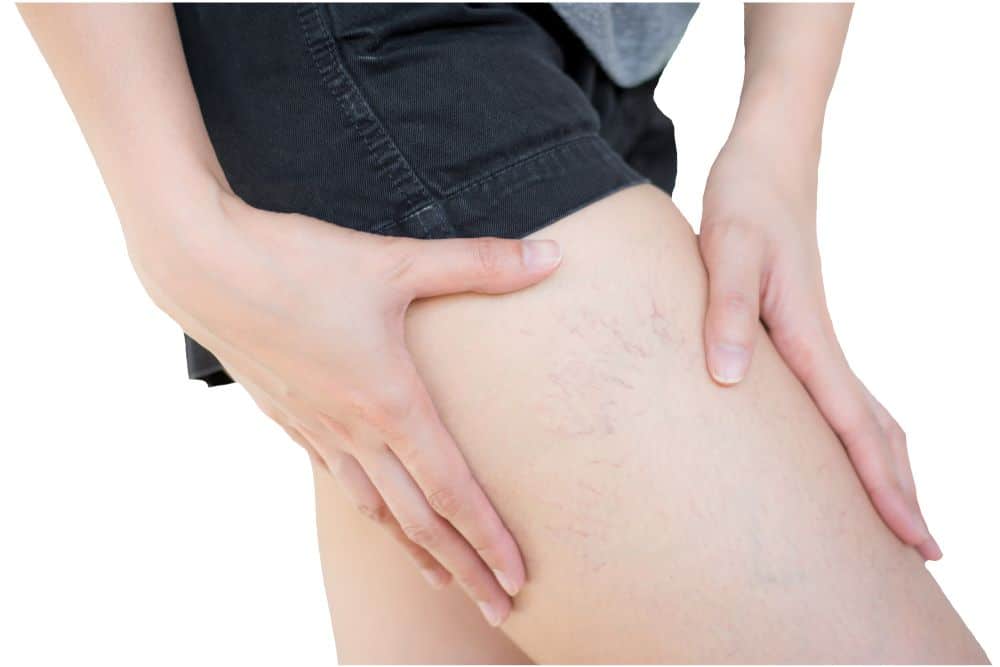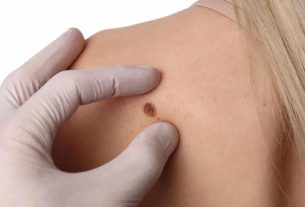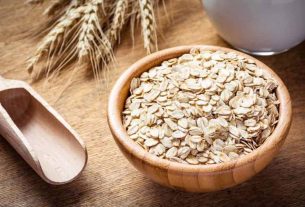It is common to confuse varicose veins with spider veins, because they both have similar symptoms, but in fact they are different aspects of the same problem.
For most people, it is very common to confuse the varicose veins and spider veins which appear mainly in the leg region. This is not only a physical inconvenience, but also an aesthetic one. However, they are two different things, despite being part of the same problem and having very similar symptoms, such as swelling, tingling and burning in the legs.
According to the Brazilian Society of Angiology and Vascular Surgery, In Brazil alone, around 38% of the population suffers from the problem of varicose veins and spider veins. In fact, the problem is even more common among women due to hormonal factors.
But fortunately, the problem of dilated veins, whether varicose veins or spider veins, can be treated. Next, we will better understand the difference between the two conditions and what the treatment is like.
What are varicose veins and spider veins and their differences?
Many people, especially females, have a common complaint: varicose veins or spider veins on their legs. And a lot of people believe it’s the same thing, but it’s not. However, the relationship between the two conditions is very close.
Both spider veins and varicose veins are the result of a disease called Chronic Venous Insufficiency. In fact, this disease is classified into up to 6 stages, the first being characterized only by the presence of small spider veins. In the next stage, there is the presence of varicose veins, and with each stage the symptoms become worse. Finally, in the sixth stage, a varicose ulcer is noticed, which is the most serious complication of the disease.
Varicose veins
So-called varicose veins, are nothing more than dilated, tortuous and elongated veins more imposing than the blood vessels. These veins are located in the subcutaneous region, that is, in the layer below the skin. Therefore, larger varicose veins can end up being a major nuisance, much more than an aesthetic one. This is because in these cases, dilated veins can lead to health complications, such as pain, swelling and discomfort in the region.
Furthermore, it is common for varicose veins and spider veins to be present in the same patient.
Spider veins
Teleangectasias, popularly known as vases or spider veins, are small, insufficient veins measuring 1 to 2 mm in diameter. They are located in the superficial layer of the skin, and have a purplish or bluish color, and can form several clusters on the legs.
In short, as angiologist Ricardo Nobili explains to the Care for Life website, the main difference between varicose veins and spider veins is the extension of the vein. “Variz is the name for tortuous and dilated veins and spider veins are small-caliber varicose veins, being a popular name for microvarices”.
Causes of varicose veins and spider veins
Because they are essentially the same problem, the causes of varicose veins and spider veins are basically the same. The main factors that can increase the risk of this problem appearing are:
- Genetic predisposition;
- Women;
- Overweight and obesity;
- Multiple pregnancies,
- Sedentary lifestyle;
- Hormones as contraceptives or hormone replacement;
- Standing for long periods or sitting for a long time;
- Previous deep vein thrombosis;
- Smoking.
Treatment
Firstly, as they have different severities, the treatment of varicose veins and spider veins can vary depending on the conditions of each patient.
For example, The most common treatment for spider veins is through sclerotherapy sessions.which consists of injecting sclerosing-type medications into the vessel, with the aim of destroying it. In the case of large varicose veins, in addition to sclerotherapy, microsurgery may be necessary.. Other options include laser, radiofrequency and even vein removal.
Only a specialist doctor can recommend the best treatment in each case. In addition, the doctor may also recommend the use of methods to improve blood circulation in the region, such as compression stockings, creams for varicose veins, ointments and other medications to alleviate the symptoms of the condition.
5 myths about varicose veins and spider veins
Finally, let’s demystify some common myths about varicose veins and spider veins:
1. Do only women have varicose veins?
No, men can also have this problem, what happens is that it is much more common among women. And in both cases, they present discomfort and even a health risk, and must be treated according to need.
2. Can spider veins develop into varicose veins?
No, as we have seen so far, varicose veins and spider veins are different things., despite being part of the same problem. Spider veins are located in the most superficial layers of the skin, and varicose veins are deeper veins. In fact, the same patient can present both, but it is not as if one is the evolution of the other.
3. Only elderly people have varicose veins?
No. And even though this is a more common problem in the age group over 35, this problem can arise at any age.. Likewise the pots.
4. Can just taking medication cure varicose veins?
It’s not quite like that. In this case, the use of oral or topical medications serves to alleviate the discomfort and swelling caused by varicose veins. For definitive results it is necessary to definitively exclude these veins, which is only possible through applications or surgery.
5. Can varicose veins return after treatment?
Not in the same place. This is because after surgical removal of the affected veins, varicose veins do not appear again in that location. However, this does not mean that they cannot appear in other regions. Therefore, it is very important to do exercises to stimulate blood circulation in the region and follow your doctor’s instructions after treatment.
READ MORE:
How to end varicose veins? What it is, causes, prevention and treatment
13 recipes to treat varicose veins with natural and home remedies
Spider veins on the face – Causes of Telangiectasia, diagnosis and treatments
What causes dark circles? Discover the 4 types and how to treat them
Types of dark circles – See what type you have and how to care
Sweet broom: the 3 main health benefits
Bibliography:
- Miyake, Roberto Kasuo; Miyake, Hiroshi; Duarte, Flávio Henrique; Fidelis, Ronald José Ribeiro. Microvarices and Telangiectasias. Available at: https://www.researchgate.net/profile/Roberto-Miyake/publication/242455065_Microvarizes_e_Telangiectasias/links/55e8649808ae65b638997f37/Microvarizes-e-Telangiectasias.pdf Accessed on: Nov 25, 2022
- Miyake, Hiroshi; Langer, Berilo; Albers, Maximiano Tadeu Vila; Bouabci, Adib Salem; Telles, Jose Dirceu Cardoso. Surgical treatment of telangiectasis. Available at: https://pesquisa.bvsalud.org/portal/resource/pt/lil-136556 Accessed on: Nov 25, 2022
- Thomaz, João Batista. Sclerosing therapeutic of varices and telangiectasias. Available at: https://pesquisa.bvsalud.org/portal/resource/pt/lil-138206 Accessed on: Nov 25, 2022
Sources: Care for Life Dr. Nayara Cioffi Batagini Instituto Vida Vascular Adomni

Sign up for our newsletter and stay up to date with exclusive news
that can transform your routine!
Warning: Undefined array key "title" in /home/storelat/public_html/wp-content/plugins/link-whisper-premium/templates/frontend/related-posts.php on line 12
Warning: Undefined array key "title_tag" in /home/storelat/public_html/wp-content/plugins/link-whisper-premium/templates/frontend/related-posts.php on line 13




